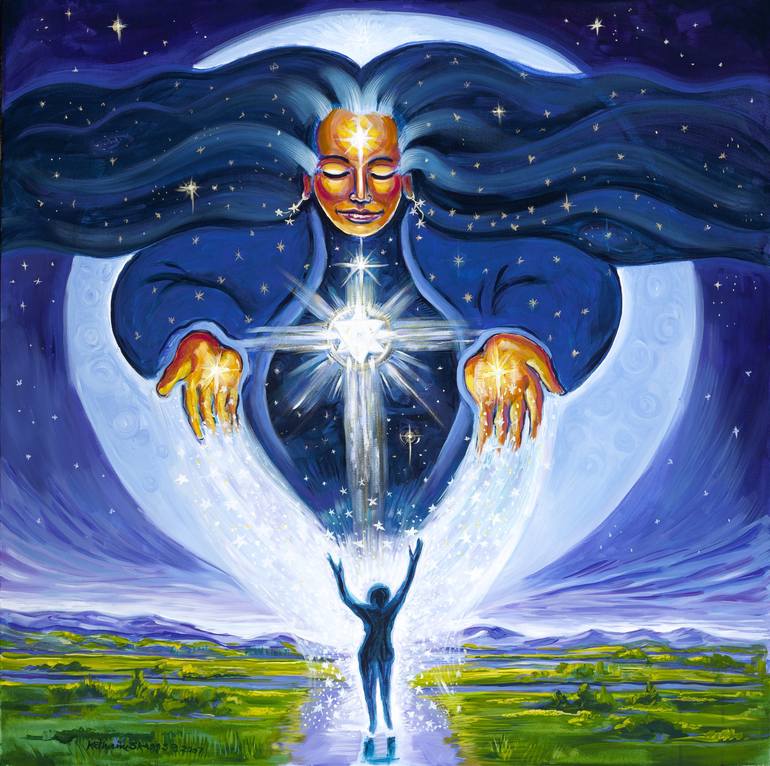|
Getting your Trinity Audio player ready...
|
The present lloko population is basically Christian. The majority belongs to the Roman Catholic Church. The rest are affiliated with other Christian denominations such as the Iglesia Filipina lndependiente, Iglesia ni Cristo, Baptist Church, Methodist Church, Jehovah’s Witnesses, and Church of the Latter Day Saints. Contemporary lloko religiosity is nevertheless largely a syncretism of the above institutions’ influences and indigenous beliefs. Only the few members of more fundamentalist religious sects which have sprouted in the last decade or so no longer practice indigenous rituals. By looking at modern practices, we can strip away the organized religious aspects and gain a stronger understanding of precolonial practices that may have occurred in the region. Among the Ilocanos, there are plenty.
That said, there is almost nothing written about Ilocano beliefs at the first Spanish contact. It is very difficult and beyond my intention to reconstruct Ilocano mythology.
The following is according to Isabelo Florentino de los Reyes:
It is probable that the Ilocanos rendered homage to the sun and the moon. To this day, the planets are treated with respect and called Apo (Señor). The Ilocanos tell us that the imprints on the moon are those of a tree under whose shadows St. Joseph sleeps dreaming of his fight to Egypt. Two observations on the moon are of different origins but are curiously related. One is the fabled tradition and another the evangelical truth referring to St. Joseph’s dream of escaping to Egypt. However, we cannot agree that St. Joseph on a moonlit night, slept under a tree in Ilocos and dreamed of Egypt before the introduction of Catholicism in Ilocos. This belief may be traced to earlier Ilocano theogony, meaning that the Ilocanos worshipped the moon, not as a divine being but as a dwelling place of Apo Dios (Lord God).
According to Father Villaverde in his Informe published in the Correo-Sino-Annamita in 1879, the Igorots of Kiangan, Ifugao consider as gods the stars and planets especially the sun. A similar belief could be applied to what early Ilocano beliefs might have looked like.
There is a popular song with lyrics in Ilocano, Tagalog and Pangasinan, which is genuine Filipino music. This song describes a banquet celebrated in the garden of heaven. It tells of an armless man who played a guitar (a musical instrument of five strings that the Ilocanos called kolibeng), while a mute person sings and a lame man dances. A blind man looks with wonder, together with the one-eyed and the cross-eyed. A toothless man laughs while a man with dented teeth plays the flute to the clapping of a weakling. This old song brings laughter and joy to the audience. Take note that this is an old and popular song whose composer remains unknown. Now we wonder, is it certain that Filipino songs are generally about ancient themes and fables as old historians says? We cannot deduce from the already cited dal-lot (a song sang to show grief) that heaven for the Ilocano was a garden where they laughed heartily.
With respect to the comets, we were able to copy what an author had written concerning Chinese astronomy. According to the Chinese, “the comets precede hunger and misery and prophesy the coming of pestilence, wars, the fall of kings and the ruins of empires.” This is a belief shared by the Ilocanos.

The Ilocanos believe that shooting stars have something to do with love. They move from one place to another. The aerolites that fall on earth are called layap. The common folk believe that to tie a knot in the handkerchief when the layap falls will enable them to enclose in the knot the babato (miraculous stones of love). In Ilocos there was a pair very much in love with each other. According to the townspeople, the lovers drowned in a marsh where none can drown, not even a fly, for it was not deep enough. Among the names for Filipino gods that are in the dictionary of Buzeta and Bravo, one can find a god or a goddess called Sehal. Sehal is an Ilocano word that means beauty and the Ilocanos, like the Tagalogs, invoke the help of Venus in their love letters. Is it possible that once upon a time there was one like Venus who was called Sehal?
SOURCE: de los Reyes, Isabelo (1994) El Folk-lore Filipino, With an English Translation by Salud C. Dizon (Chapters One and Two) Maria Elinora Peralta-Imson (Chapter Three), UP Press
Jordan Clark is a Canadian born descendant of Scottish immigrants living on the homelands of the Lekwungen speaking peoples. His interest in Philippine myth and folklore began in 2004. Finding it difficult to track down resources on the topic, he founded The Aswang Project in 2006. Shortly after, he embarked on a 5 year journey, along with producing partner Cheryl Anne del Rosario, to make the 2011 feature length documentary THE ASWANG PHENOMENON – an exploration of the aswang myth and its effects on Philippine society. In 2015 he directed “The Creatures of Philippine Mythology” web-series, which features 3 folkloric beings from the Philippines – the TIKBALANG, KAPRE and BAKUNAWA. Episodes are available to watch on YouTube. Jordan recently oversaw the editing for the English language release of Ferdinand Blumentritt’s DICCIONARIO MITOLÓGICO DE FILIPINAS (Dictionary of Philippine Mythology) and is working on two more releases with fellow creators scheduled for release later this year. When his nose isn’t in a book, he spends time with his amazing Filipina wife of 20 years and their smart and wonderful teenaged daughter.


